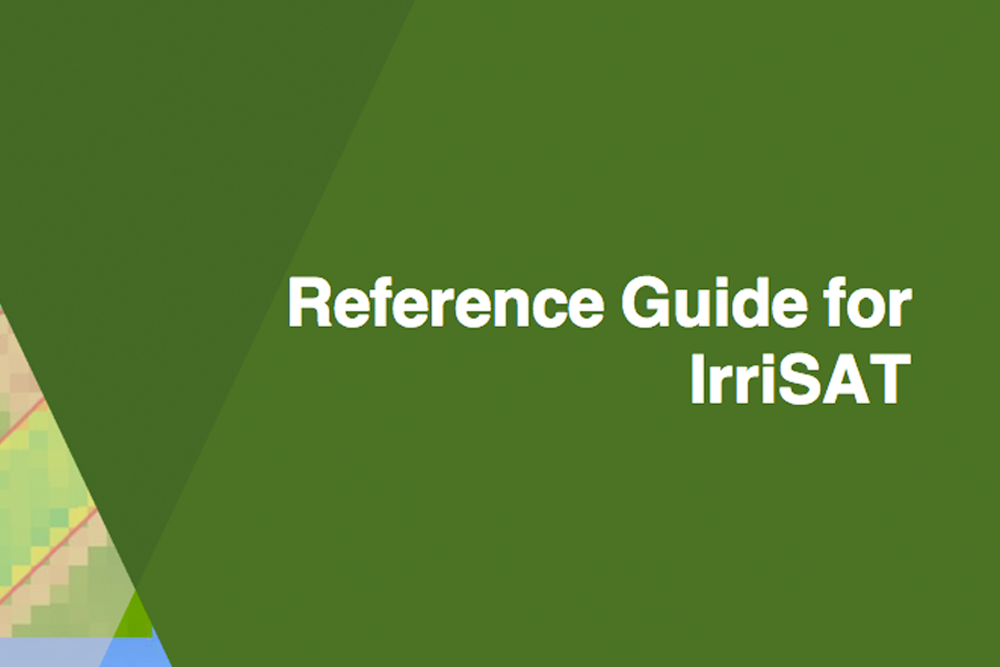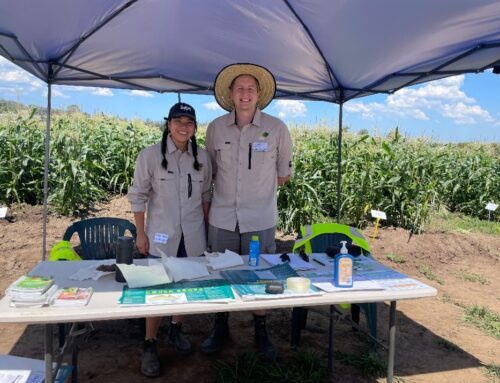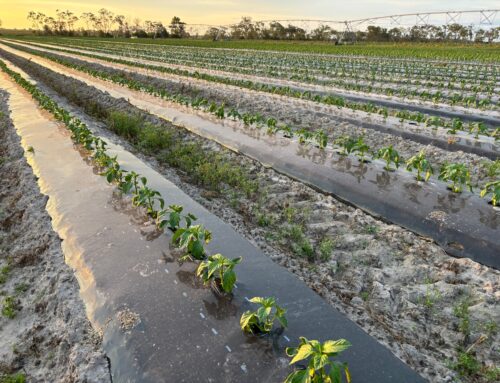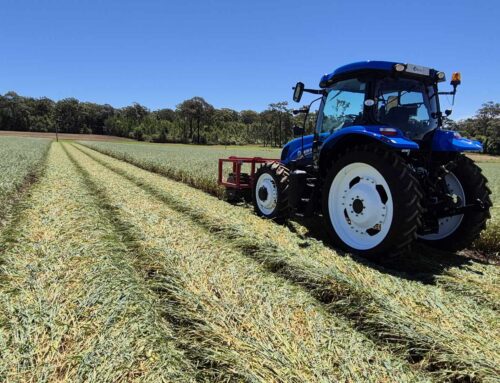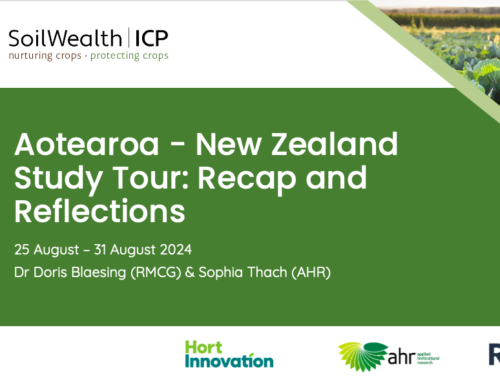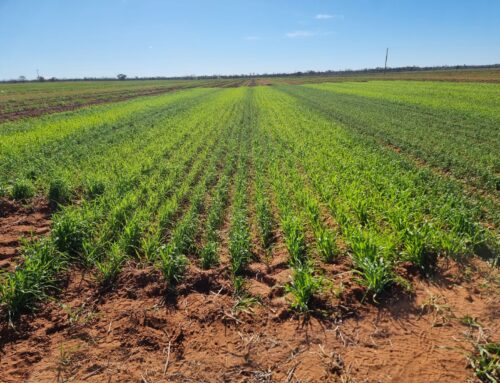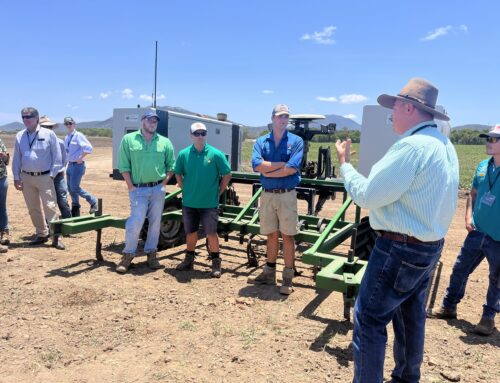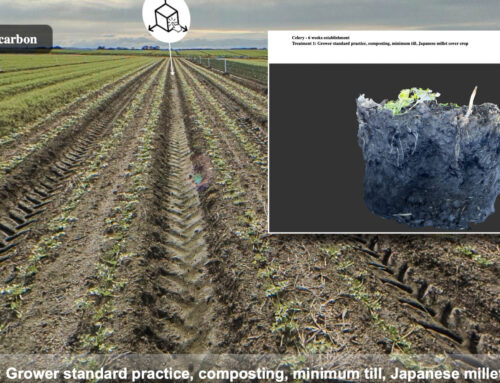IrriSAT is a decision support tool to assist irrigators with irrigation water management. The IrriSAT methodology aims to be as simple as possible (in order to limit the number of inputs and parameters required), yet sufficiently complex to accurately estimate irrigation requirements.
The IrriSAT methodology described in this document can be summarised as follows:
· The water balance approach to irrigation scheduling keeps track of the soil water deficit by accounting for all water additions and subtractions from the soil root zone on a daily basis
· The IrriSAT methodology uses a simplified approach whereby ΔS = P + I – ETc. This approach assumes crop water consumption (or evapotranspiration) accounts for the biggest subtraction of water from the soil root zone while precipitation and irrigation provide the major additions.
· The soil in the root zone has an upper limit of storing water that can be used by crops. This upper limit is constrained to the field capacity.
· As the crop grows and extracts water from the soil to satisfy its water use requirement (ETc), the stored soil water is gradually depleted.
· ETc is estimated using field observations and nearby climate observations.
· Crop reference evapotranspiration (ET0) is estimated using the FAO Penmen Monteith Tall-Crop (alfalfa) reference using observations obtained from weather stations.
· Crop coefficients (Kc) are estimated by directly observing the crop growth on fields using remote sensing techniques. Strong relationships between NDVI and Kc can be used to achieve this.
· Tracking the water balance deficit in the root zone allows for a refill point to be defined which indicates when irrigation is required.
· Common metrics which can be used to measure the agronomic performance over a growing season include: the irrigation water use index (IWUI); crop water use index (CWUI); and gross production water use index (GPWUI).


